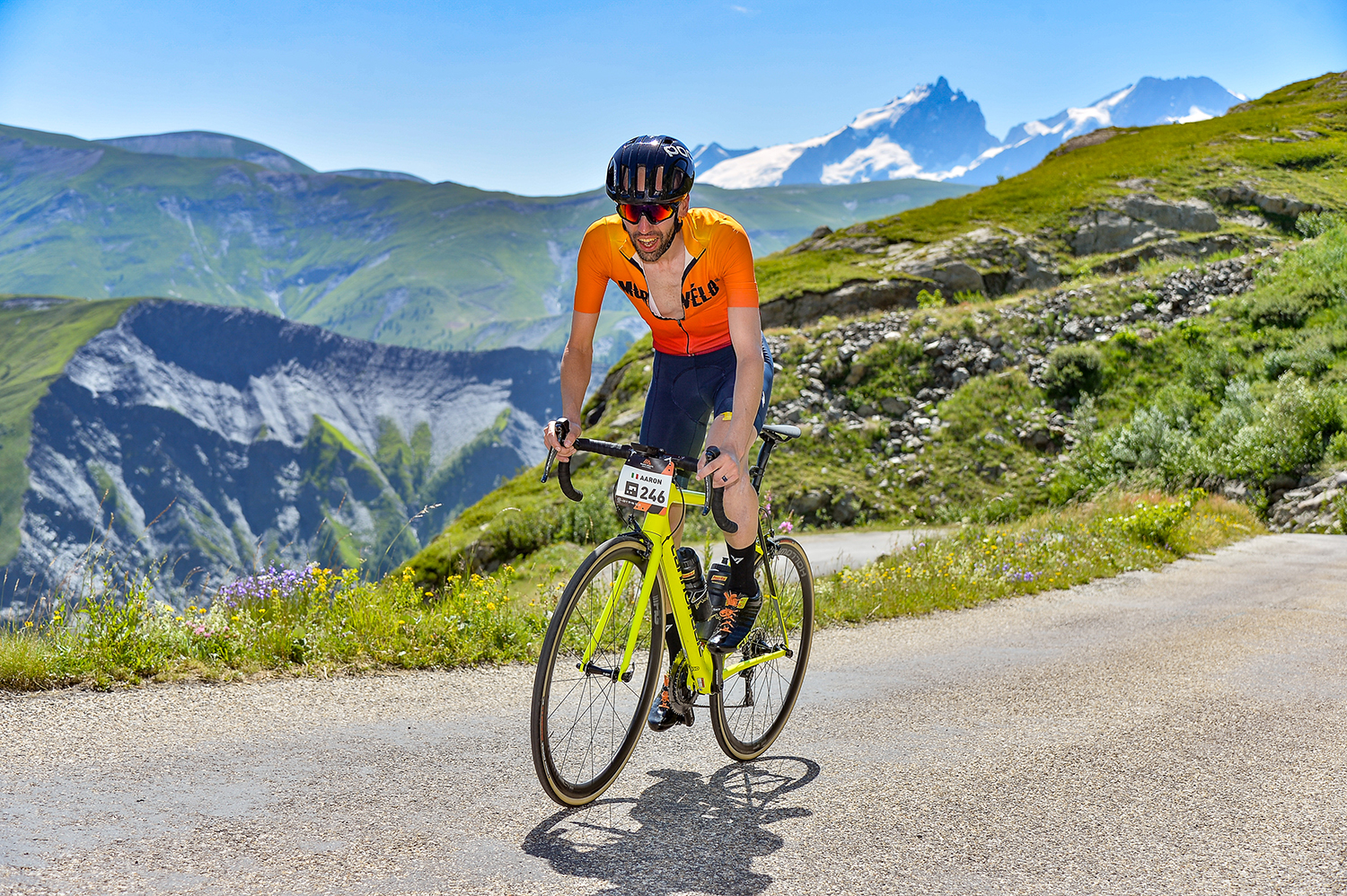Garmin cycling computers: A comprehensive range overview
Don't know the difference between 130 and 530 or which Garmin cycling computer is best for you? Our Garmin overview explains all
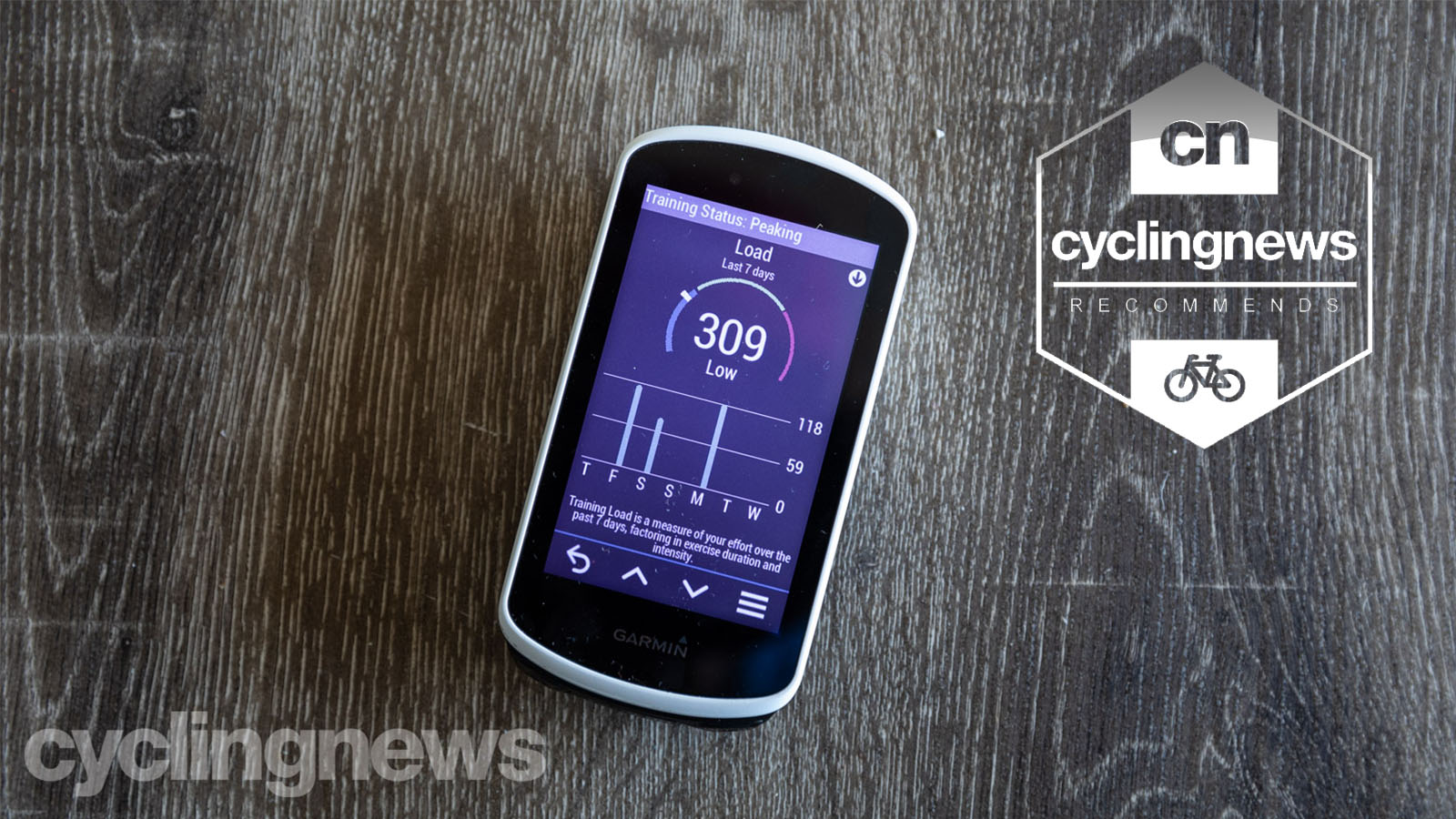
GPS technology giant, Garmin, has long been considered the market leader in the race for the best cycling computers, and the American brand is - at least partly - responsible for bringing data to the masses with its range of Edge GPS computers, which eschewed the magnet-and-sensor computers of old in favour of GPS data.
As an industry leader and benchmark for GPS cycling technology, the company has long been intertwined with top-tier cycling, having been involved as a title sponsor of the WorldTour outfit Team Garmin from 2008-2015. It is still heavily involved with the pro peloton today, which it uses as a testbed to develop and improve new products. At present, the Kansas-based firm sponsors 11 men's WorldTour teams with its range of Edge cycling computers, including EF Pro Cycling, Team Ineos and Jumbo Visma.
Scroll down for our roundup of the Garmin cycling range, or head to the bottom for a guide on how to choose the best for you.
Garmin cycling computers
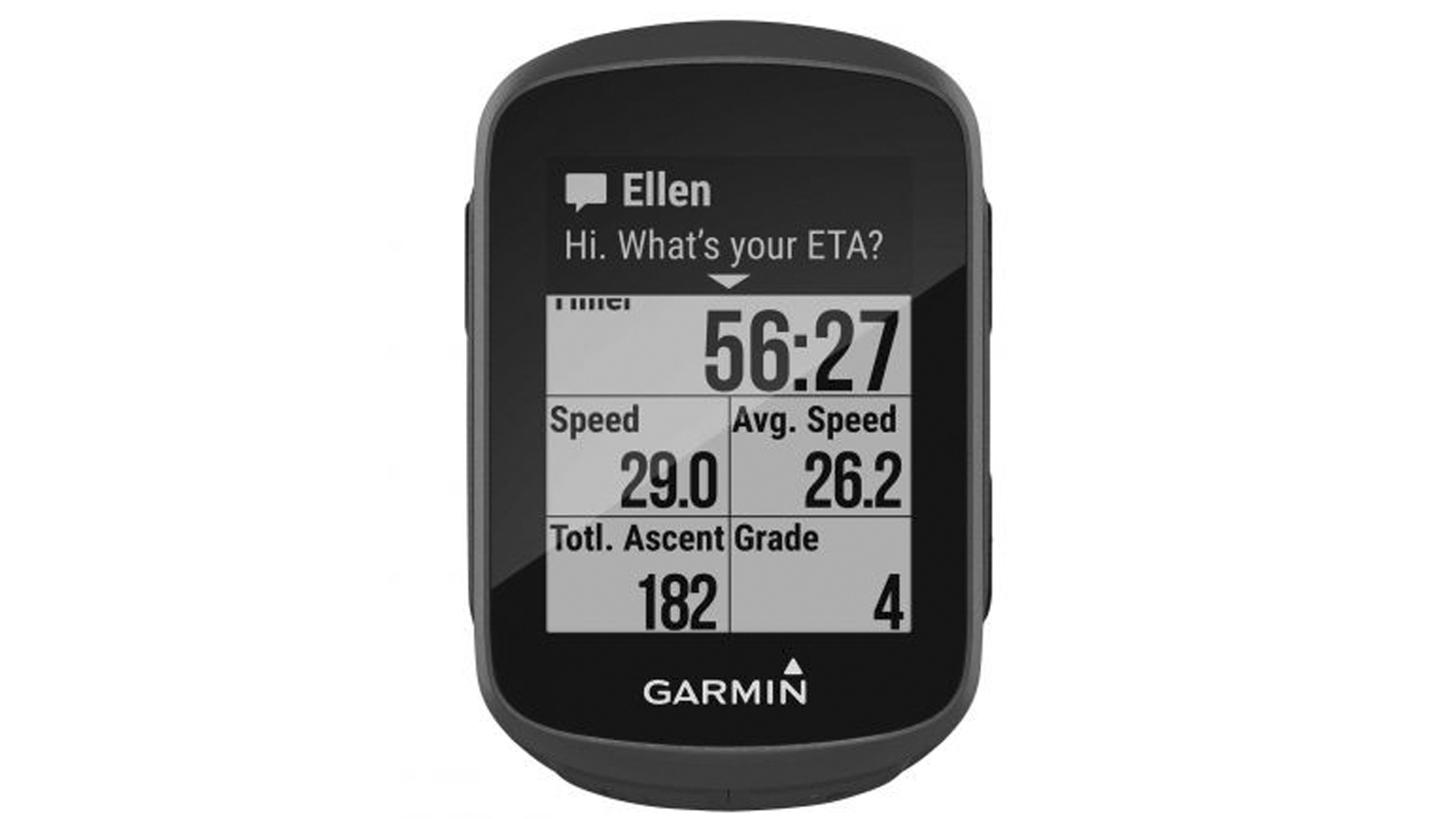
Garmin Edge 130
The smallest Garmin Edge on the market also happens to be the most affordable
Connectivity: ANT+, Bluetooth, WiFi | Companion App: Yes | Navigation: Breadcrumb | Claimed battery life: 15-hours | Weight: 33g | Screen: 1.8in/45mm diagonal, monochrome screen, button-operated
Despite sitting in the lower rungs of Garmin’s product portfolio, the Edge 130 has a premium feel about it. As a training tool and navigational device, it’s just as accomplished as its pricier Edge brothers, minus a few bells-and-whistles.
What it lacks in a colour and touchscreen display, it makes up for in function — not that its resolution isn’t up to the task. In fact, the monochrome screen is as sharp as some of the colour screen options currently on the market.
The 130 is equipped to offer limited and basic navigational assistance via breadcrumb trail (there are no pre-installed base maps).
As a dedicated training device, it can display metrics such as power, cadence and heart rate as well as Live Strava Segments. What makes the Garmin Edge 130 such a stellar choice is the no-frills, do-it-all functionality at an affordable price.
Get The Leadout Newsletter
The latest race content, interviews, features, reviews and expert buying guides, direct to your inbox!
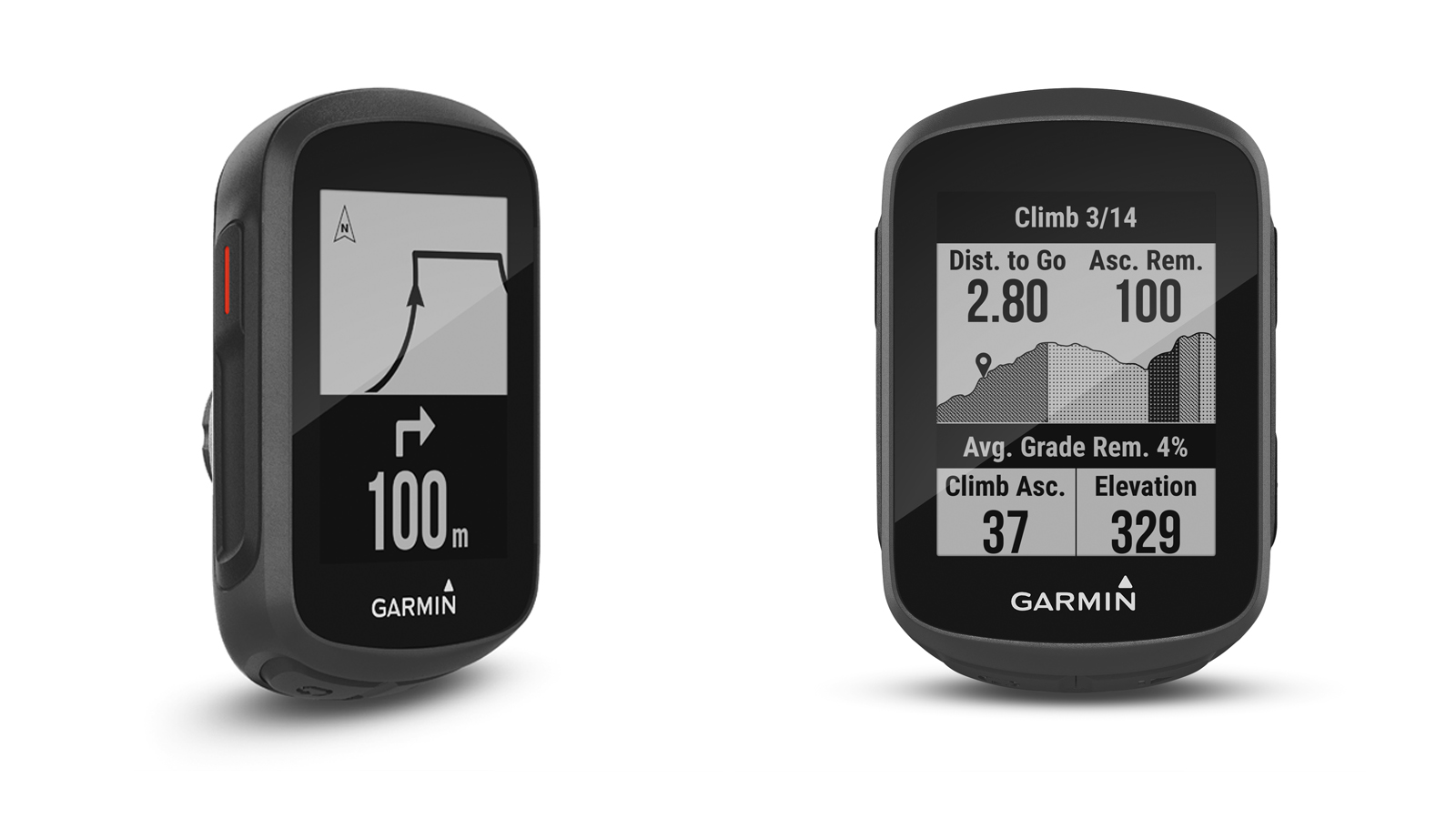
Garmin Edge 130 Plus
Based around the Edge 130, but given a few new features
Connectivity: ANT+, Bluetooth, WiFi | Companion App: Yes | Navigation: Breadcrumb | Claimed battery life: 12-hours | Weight: 33g | Screen: 1.8in/45mm diagonal, monochrome screen, button-operated
The Edge 130 Plus uses the Edge 130 as a base and recruits a bit of trickle-down technology from the higher-spec Edge 530 and Edge 830 models.
The Edge 130 Plus features Garmin's ClimbPro feature, which allows foresight on an upcoming climb to enable better pacing of an effort. There's also a new accelerometer built-in which facilitates the inclusion of Garmin's mountain bike metrics such as jump count, and an incident detector, which will message your chosen contact in the event of a crash.
However, these additions do come at the cost of a slightly reduced battery life and a higher price, so ultimately, the end-user will have to decide if the additions are worth the upgrade.
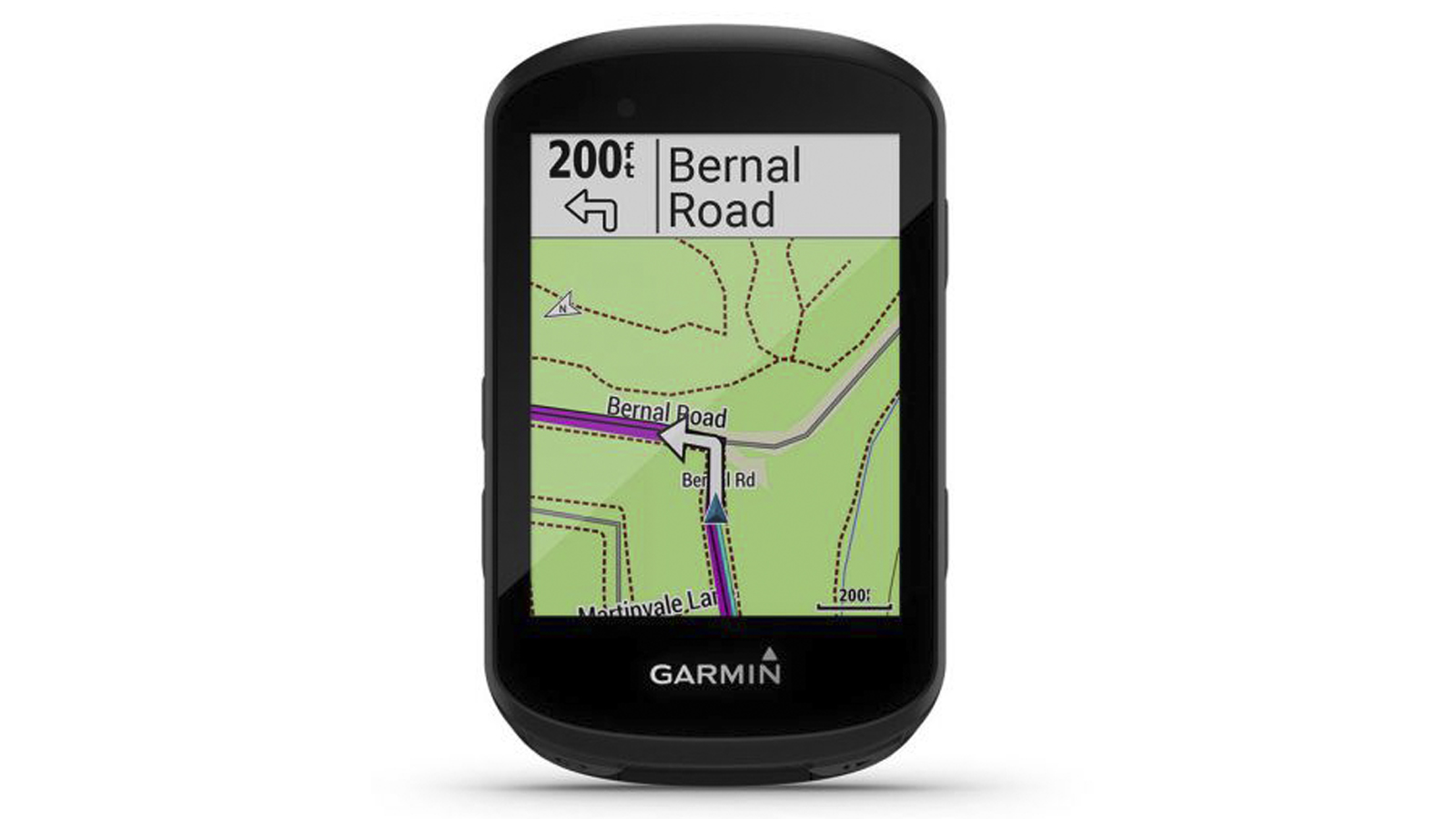
Garmin Edge 530
The most complete 500-series Garmin to date
Connectivity: ANT+, Bluetooth, WiFi | Companion App: Yes | Navigation: OpenStreet Map | Claimed battery life: 20-hours | Weight: 75.8g | Screen: 2.6in/66mm diagonal, full colour, button operated
The Garmin Edge 530 is the successor to the hugely-popular Garmin Edge 520, offering the same levels of GPS connectivity, yet adding a raft of training metrics, mountain bike features and wrapping it in a modern, stylish package. Launched in spring 2019 alongside the more expensive touchscreen Edge 830, both were treated to a 2.6-inch colour display. The Edge 530 retains the button-only operation of its predecessor. Battery life is great, and with the optional extra battery pack, 80 hours between charges is possible.
The collection of new features that have been stitched into the interface really help to bolster its credibility in the GPS bike computer market. These include better mapping ClimbPro, FindMyEdge, Bike Alarm, improved performance measurements, gear suggestions and, in a nod to those who enjoy heading off the beaten path, a range of MTB specific features.
On the whole, my time with the Garmin Edge 530 was great. There were a few initial headaches with setup, but once they were out of the way, the long list of features made for a great device that was fast, clear, and a great addition to my ride.
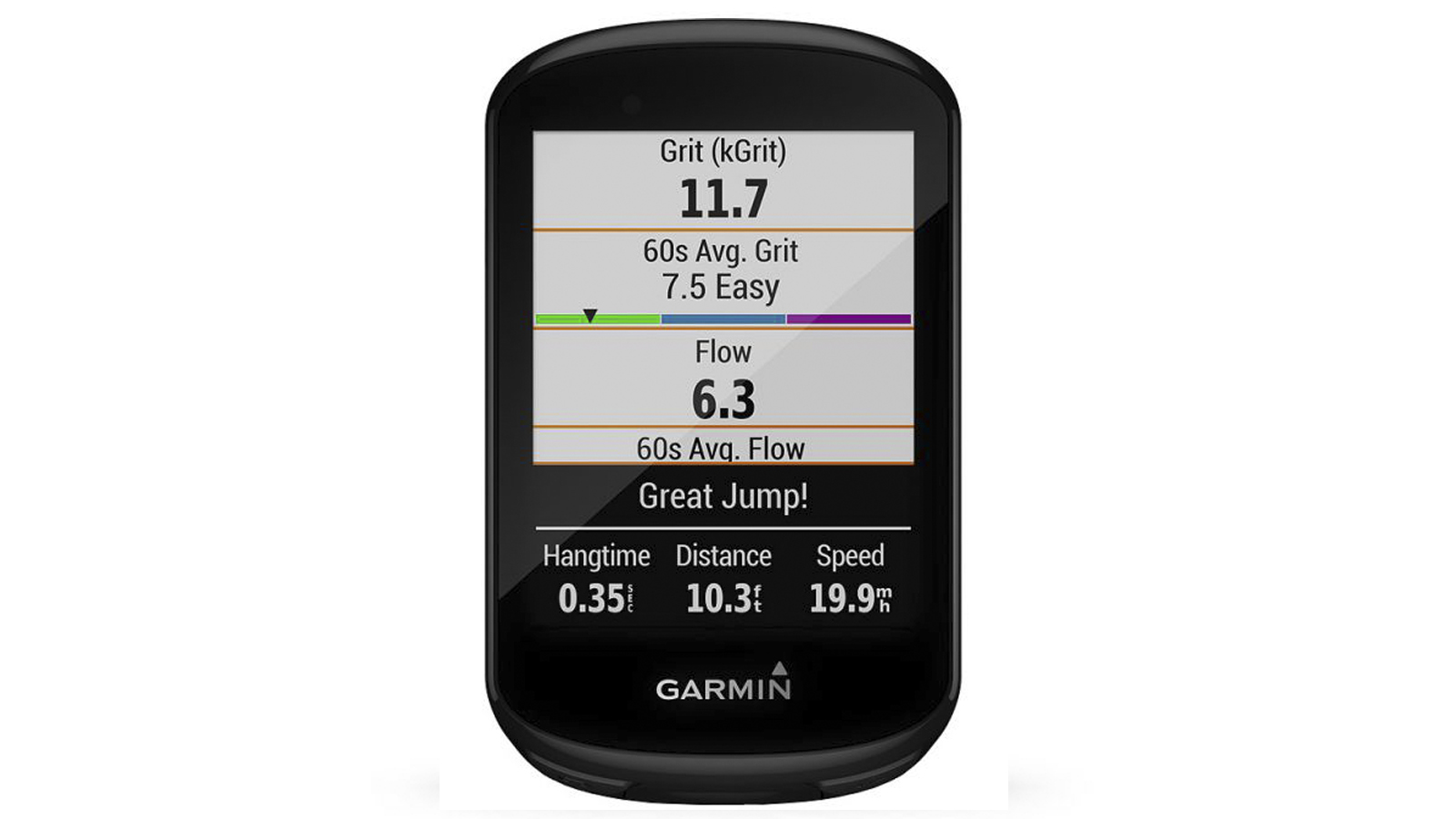
Garmin Edge 830
An affordable touchscreen GPS for discerning athletes and elite-level riders
Connectivity: ANT+, Bluetooth, WiFi | Companion App: Yes | Navigation: OpenStreet Map | Claimed battery life: 20-hours | Weight: 79.1g | Screen: 2.6in/66mm diagonal, full colour, touchscreen
The introduction of enhanced mapping capabilities and trickle-down technology from the Edge 1030 puts the Edge 830 head and shoulders above its forebear, the highly-successful Garmin Edge 820.
Highlights include Trailforks that allows access to trail maps and ratings from over 80 countries, along with a slew of new mountain bike-specific metrics that track jump count, jump distance, and hang time.
Utilising a Sony GPS processor the Edge 830 benefits from improved GPS accuracy, battery life and, for the first time ever, the ability to navigate to a specific address. In terms of turn-by-turn navigation, map detail and user prompting, the Edge 830 is exceptional.
Like the Edge 530, it also employs a 2.6-inch colour screen but gains touchscreen functionality with improved haptics —even in wet weather or when wearing gloves.
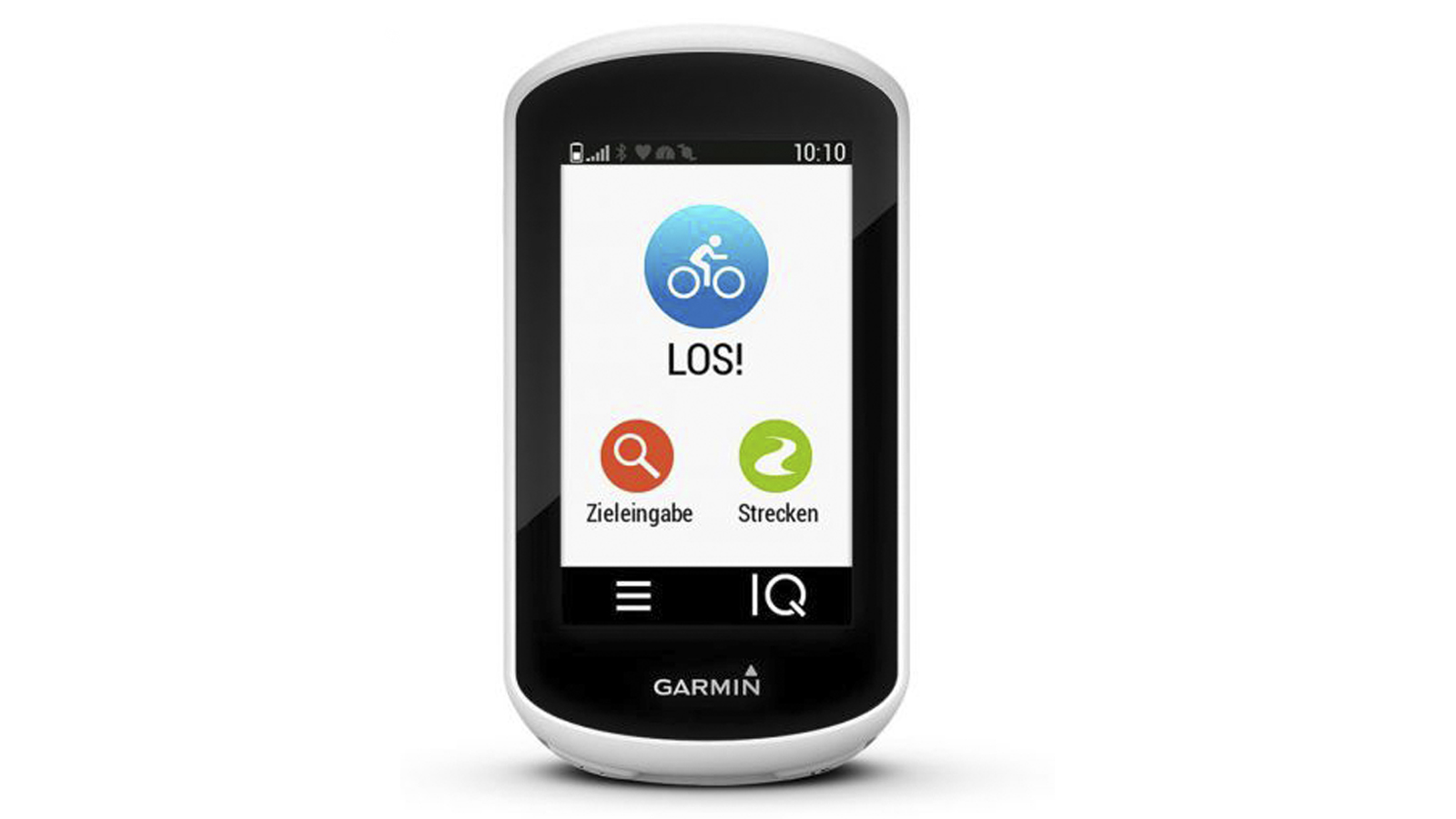
Garmin Edge Explore
The perfect navigational tool for Garmin disciples who favour adventure riding over racing and training
Connectivity: ANT+, Bluetooth, WiFi | Companion App: Yes | Navigation: OpenStreet Map | Claimed battery life: 12-hours | Weight: 116g | Screen: 3in/76mm diagonal, full colour, touchscreen
The Garmin Edge Explore is more about adventuring than focusing on training or racing. As such, it’s geared towards users who enjoy touring but still want the benefits of a large, colour touchscreen for navigational purposes.
That’s not to say the Edge Explore can’t track certain training parameters. It will measure heart-rate but that’s as far as fitness metrics go. There’s no support for power meters or workouts and the same goes for Live Strava Segments.
Customisation is limited to only two screens but can be tailored with up to ten data fields per page to go with separate stock pages for maps, elevation, compass and the GroupTrack.
But to shun this unit based purely on its inability to display power and Live Strava Segments would be to misjudge the concept completely — the Edge Explore does what it says on the tin and offers a niche experience to an audience quite unlike that of other Garmin Edge devices.
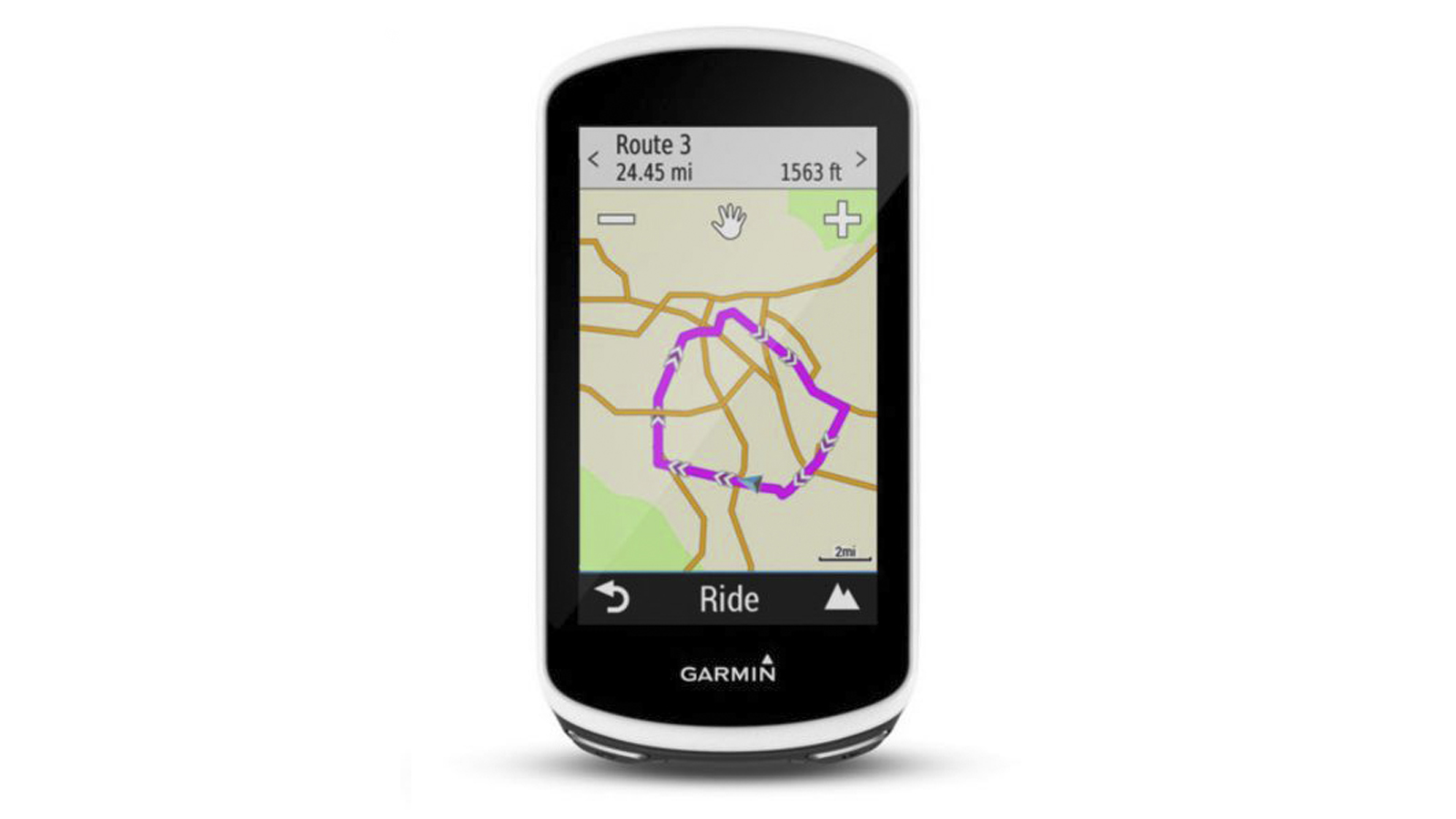
Garmin Edge 1030
There’s a reason the Edge 1030 is the professional’s choice: it’s the most complete Garmin Edge device ever made
Connectivity: ANT+, Bluetooth, WiFi | Companion App: Yes | Navigation: OpenStreet Map | Claimed battery life: 20-hours | Weight: 123g | Screen: 3.5in/89mm diagonal, full colour, touch screen
Of its many highlights, the most impressive feature of the Edge 1030 is undoubtedly the ultra-sharp 3.5-inch colour touchscreen which provides a commanding and unobstructed view of the display.
As a navigational device the Edge 1030 does it all: from turn-by-turn navigation and warning prompts, to course creation and routing. Like its smaller siblings, it’s also compatible with Connect IQ, third-party applications and Garmin accessories such as Vector power pedals, the Varia Radar system and Virb action cameras.
At two years old, the Edge 1030 still looks appreciably contemporary and fits in with Garmin’s current design language. Yes, the new Edge 530 and 830 are just as capable but they’re aimed at a very different demographic and price point. The Edge 1030, on the other hand, is an object of desire — a top-of-the-range cycling computer designed for those who want one of the best on the market.
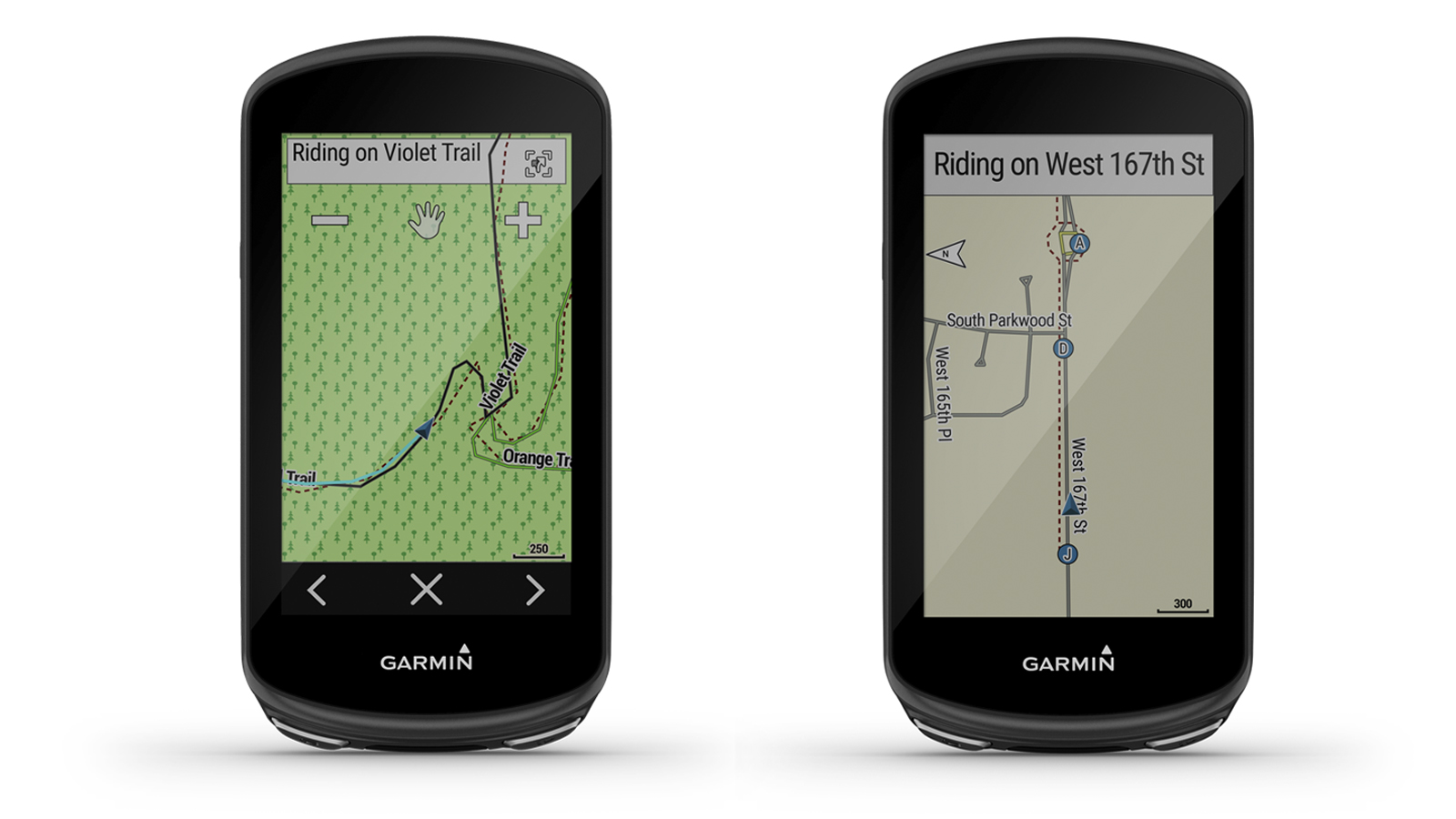
Garmin Edge 1030 Plus
The best cycling computer in the Garmin range
Connectivity: ANT+, Bluetooth, WiFi | Companion App: Yes | Navigation: OpenStreet Map | Claimed battery life: 20-hours | Weight: 123g | Screen: 3.5in/89mm diagonal, full colour, touch screen
The Edge 1030 Plus takes Garmin's best cycling computer and makes it better. It takes the same razor-sharp 3.5in colour touch-screen display, but packages it into a sleek black casing.
The Edge 1030 Plus adds the accelerometer, and thus, adds the features that were launched with the 530 and 830 - such as mountain bike metrics that measure jumps, hang time, grit and flow.
Unlike the Edge 130 Plus, which was launched at the same time with a smaller batter than its predecessor, the 1030 Plus gets improved battery life, now claiming up to 24 hours of go time.
Other Garmin cycling products
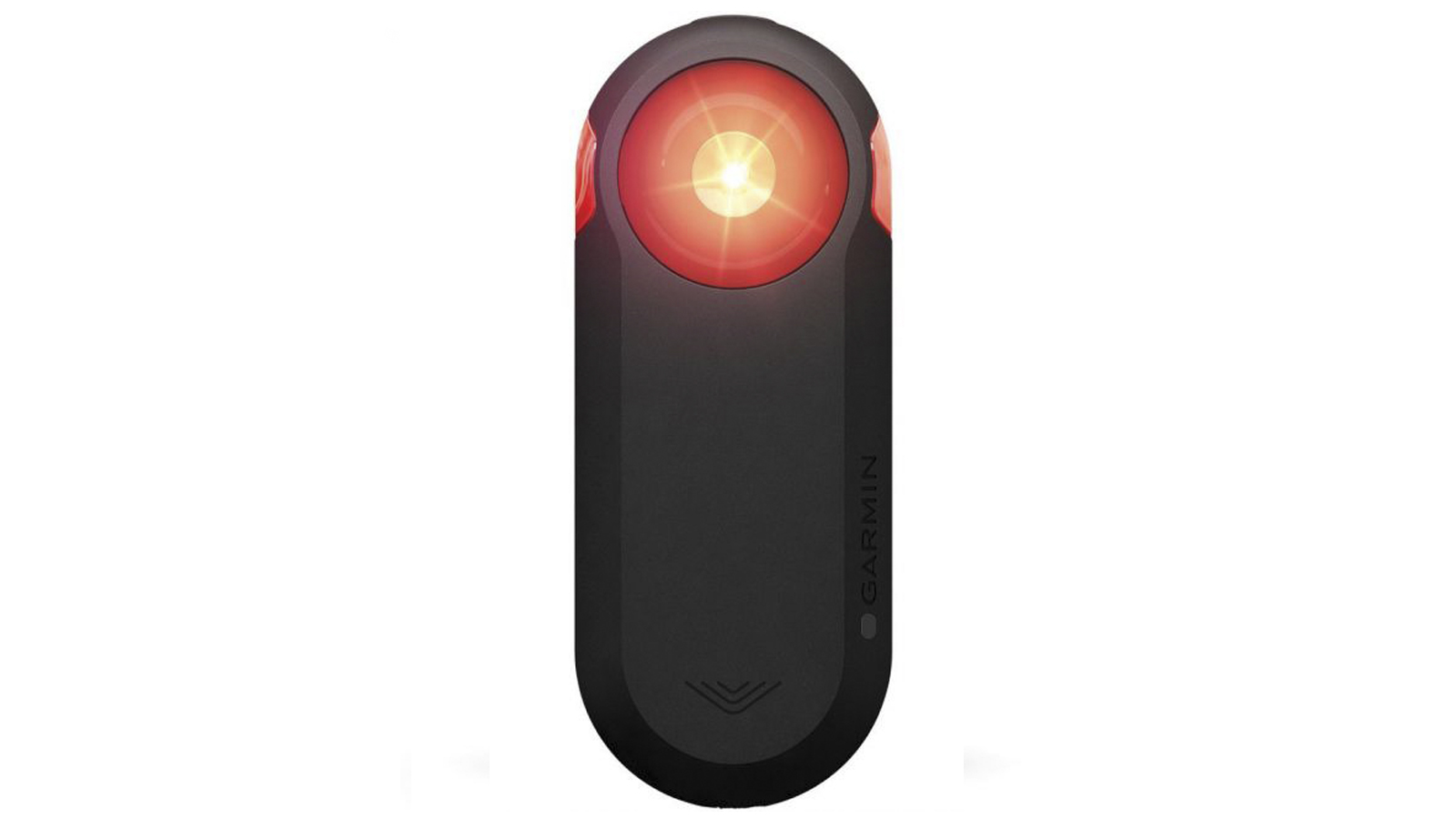
Garmin Varia RTL510 Radar Tail Light
At £169, the Varia is a pricey add-on but the early-warning system makes it worth every penny
Connectivity: ANT+ | Claimed battery life: 15-hours | Weight: 71g
The Varia RTL510 is great piece of kit as it provides visual and audible alerts to warn of vehicles approaching from behind up to 140 metres. It can be synced to a dedicated radar display unit or paired with a Garmin Edge computer.
Doubling up as a 60-lumen tail light, it offers day-time visibility of up to 1.6km (1 mile) within a 220-degree range.
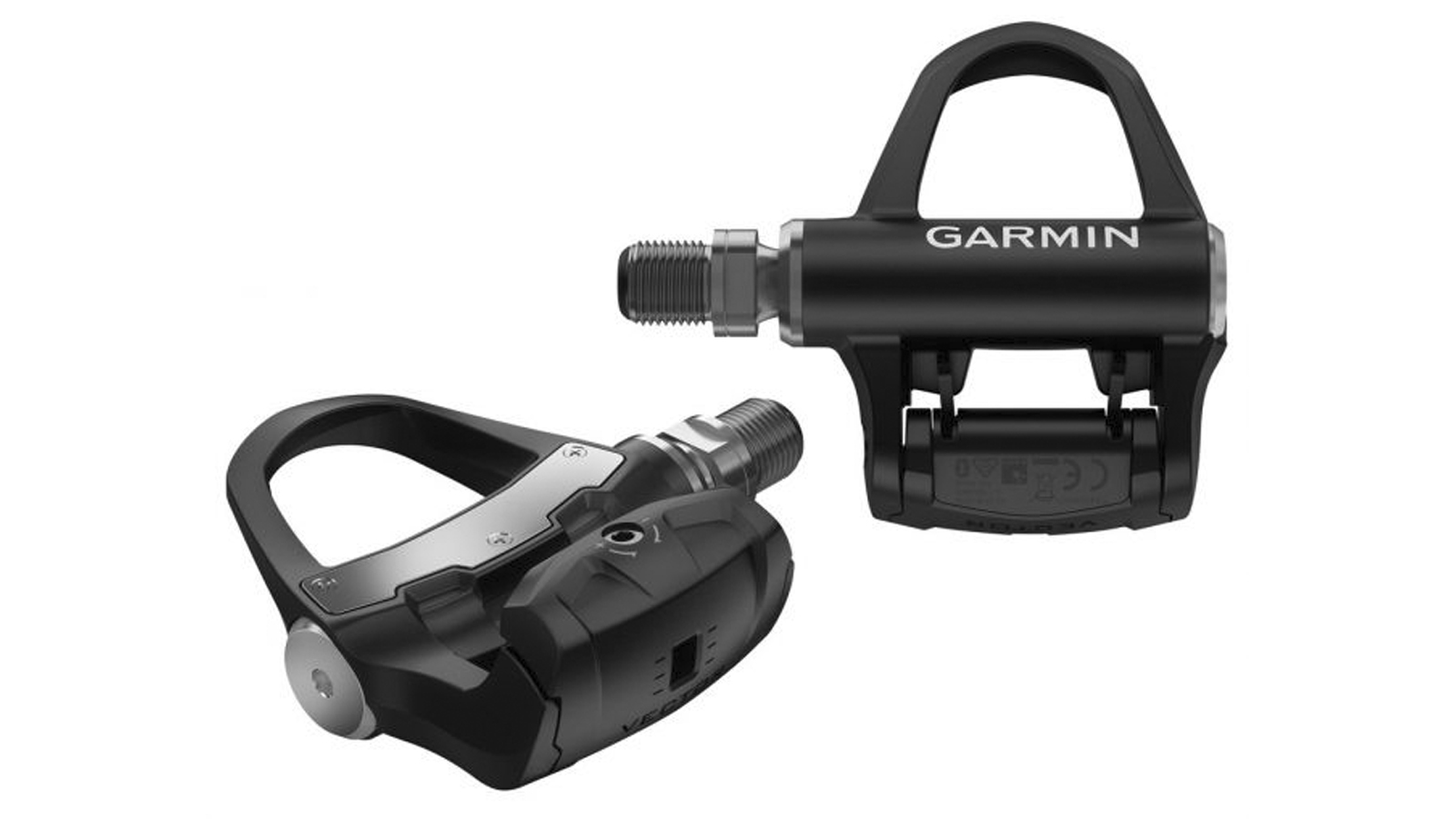
Garmin Vector 3/3S Power Pedals
A convenient and reliable power-training tool
Connectivity: ANT+, Bluetooth | Claimed battery life: 120-hours | Battery type: LR44/SR44 (x4) | Power measurement: Dual-sided | Weight: 316g
Now in its third generation, the Garmin Vector 3 pedals have ironed out all of the idiosyncrasies of its forebears and packaged them into a near-faultless, sleek-looking product. At 316g a pair, they’re not the lightest pedals around but the convenience they offer as a portable training tool more than makes up for the added heft. Pairing them to a Garmin Edge via ANT+ or Bluetooth is simple — in fact, they’re compatible with most cycling computers.
How to choose
The Garmin Edge range comprises five distinct models that cater to a wide variety of rider types. The basic models are smaller, have fewer features, and forego things such as maps and sensor connectivity. As you go further up the range, mapping, advanced metrics and colour screens are added, and the size of the device grows.
Which model is best for you comes down to a number of factors, such as riding frequency, cycling preference (road, gravel, mountain, cyclo-cross, etc) and budget — the latter, of course, being a big determining factor.
Each Garmin Edge unit comes standard with a high level of specification and monitoring software and is available in two purchase options: device-only or bundle. Purchasing just the device is the cheaper of the two options but ancillary items such as heart-rate monitor and cadence and speed sensors are not included.
Every Garmin Edge will automatically upload your rides to the Garmin Connect app (granted you’ve registered an account), as well as third-party apps such as Training Peaks and Strava. You can also tailor your device using the ConnectIQ platform with free apps, widgets and data fields for improved user experience.
History of Garmin
The Garmin name is an amalgamation of the brand's two cofounders, Gary Burrell and Min Kao. The company was founded in Kansas in 1989 and specialises in GPS technology for sports, marine, aviation and motorists.
Garmin cycling computers have come a long way since the early years — who can forget the venerable Edge 605 and 705 or more recently the 500 and 800? With each model year, the Garmin Edge gets better and more refined while retaining its reputation as a durable and reliable performer.
The company has since delved into the manufacturing of other cycling-related components such as power meters and radar systems; namely the Garmin Vector power meter pedals, Varia RTL510 rear-view radar system and Varia UT800 Smart light, each of which pairs seamlessly with any Edge GPS cycling computer.
Looking to track your cycling progress more accurately? Check out our Garmin coupon codes and take your rides to the next level.
Aaron was the Tech Editor Cyclingnews between July 2019 and June 2022. He was born and raised in South Africa, where he completed his BA honours at the University of Cape Town before embarking on a career in journalism. Throughout this career, Aaron has spent almost two decades writing about bikes, cars, and anything else with wheels. Prior to joining the Cyclingnews team, his experience spanned a stint as Gear & Digital editor of Bicycling magazine, as well as a time at TopCar as Associate Editor.
Now based in the UK's Surrey Hills, Aaron's life revolves around bikes. He's a competitive racer, Stravaholic, and Zwift enthusiast. He’s twice ridden the Cape Epic, completed the Haute Route Alps, and represented South Africa in the 2022 Zwift eSports World Championships.
Height: 175cm
Weight: 61.5kg
Rides: Cannondale SuperSlice Disc Di2 TT, Cannondale Supersix Evo Dura-Ace Rim, Cannondale Supersix Evo Ultegra Di2 Disc, Trek Procaliber 9.9 MTB
